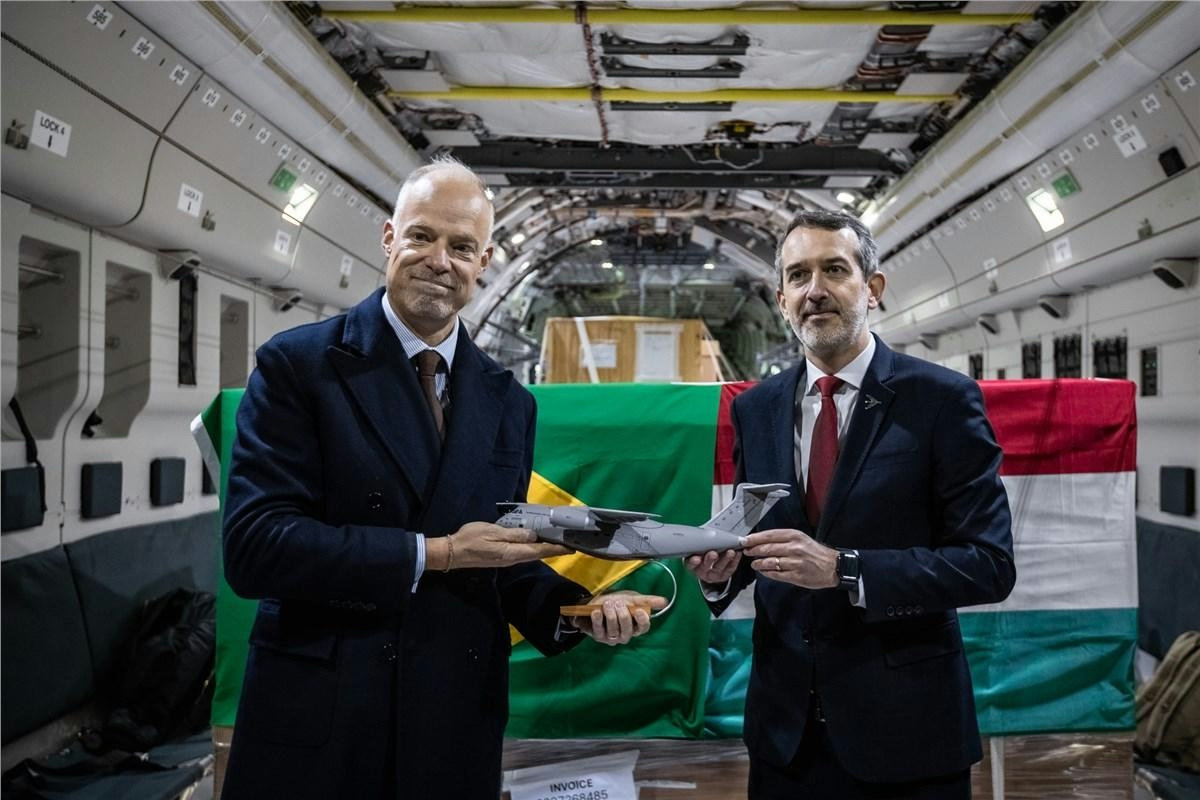
AeroGenie — ваш интеллектуальный второй пилот.
В тренде
Categories
Kenya's Jambojet positions itself as Q400 MRO specialist
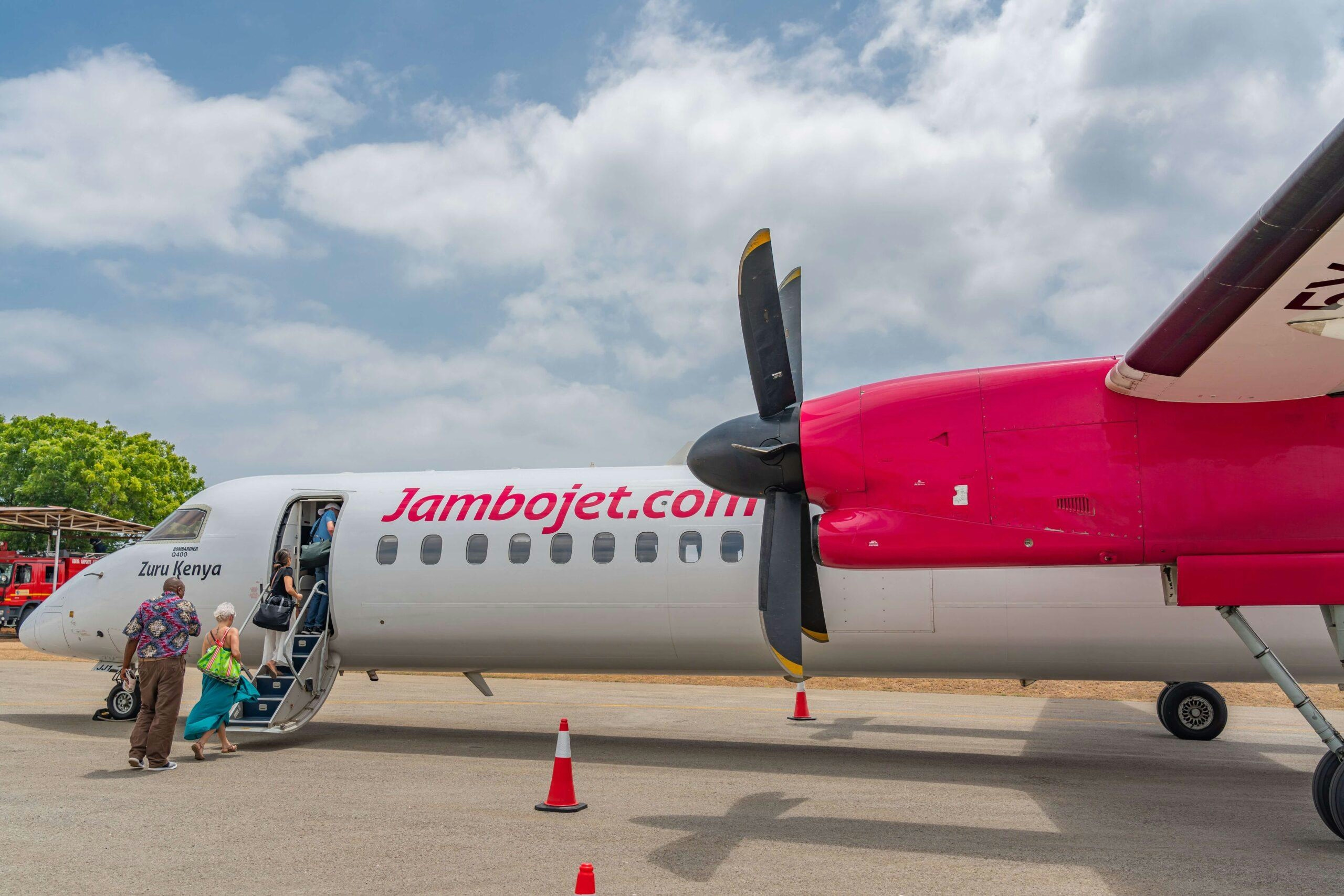
Kenya’s Jambojet Positions Itself as a Regional Q400 MRO Specialist
Kenyan low-cost carrier Jambojet is intensifying its in-house maintenance operations for its fleet of nine leased DHC-8-Q400 turboprops, aiming to establish itself as a regional specialist in Q400 maintenance, repair, and overhaul (MRO) services. As a subsidiary of Kenya Airways, the airline is responding to persistent global supply chain disruptions and rising operational costs by enhancing its technical capabilities and reducing reliance on external providers.
Expanding Fleet and Maintenance Capabilities
Jambojet’s CEO, Karanja Ndegwa, outlined plans to expand the fleet to 11 aircraft by early 2026 and to 16 by 2029. The latest addition, a 10.5-year-old Q400 registered as 5Y-JXA, joined the fleet in June 2025 on lease from Abu Dhabi Aviation. The airline has recently obtained certification to conduct both line and base maintenance, including heavy checks. It is currently completing its second in-house C check, with a third scheduled before the end of September.
This strategic shift is intended to reduce maintenance costs, develop technical expertise, and eventually create new revenue streams. Jambojet plans to commence offering third-party maintenance services focused exclusively on the Q400 starting in 2026. However, the airline continues to face significant challenges, particularly ongoing supply chain disruptions that have caused parts shortages and prolonged engine shop delays. Turnaround times for some components have increased from 24 hours to nearly a week, while engine overhauls now average 250 days, compelling the airline to lease engines to maintain operational continuity.
Navigating Challenges and Industry Implications
These supply chain difficulties not only affect Jambojet’s cost structure and service reliability but also attract increased attention from competitors and industry stakeholders. Rival carriers may respond by enhancing their own maintenance capabilities or investing in supply chain resilience to counter Jambojet’s emerging position in the regional MRO market.
To support its long-term ambitions, Jambojet is investing in component shop capabilities and scaling its maintenance infrastructure in line with fleet growth. Ndegwa emphasized that establishing consistency in heavy maintenance checks is a priority before pursuing external MRO contracts. He also suggested that Jambojet’s approach could serve as a model for other African carriers facing high costs and spare parts shortages.
“If we are able to manage this in the very best way, it will be a game changer,” Ndegwa stated.
As Jambojet advances through these operational and market challenges, its success in building a robust Q400 MRO capability has the potential to reshape maintenance standards and competitive dynamics among African regional airlines.
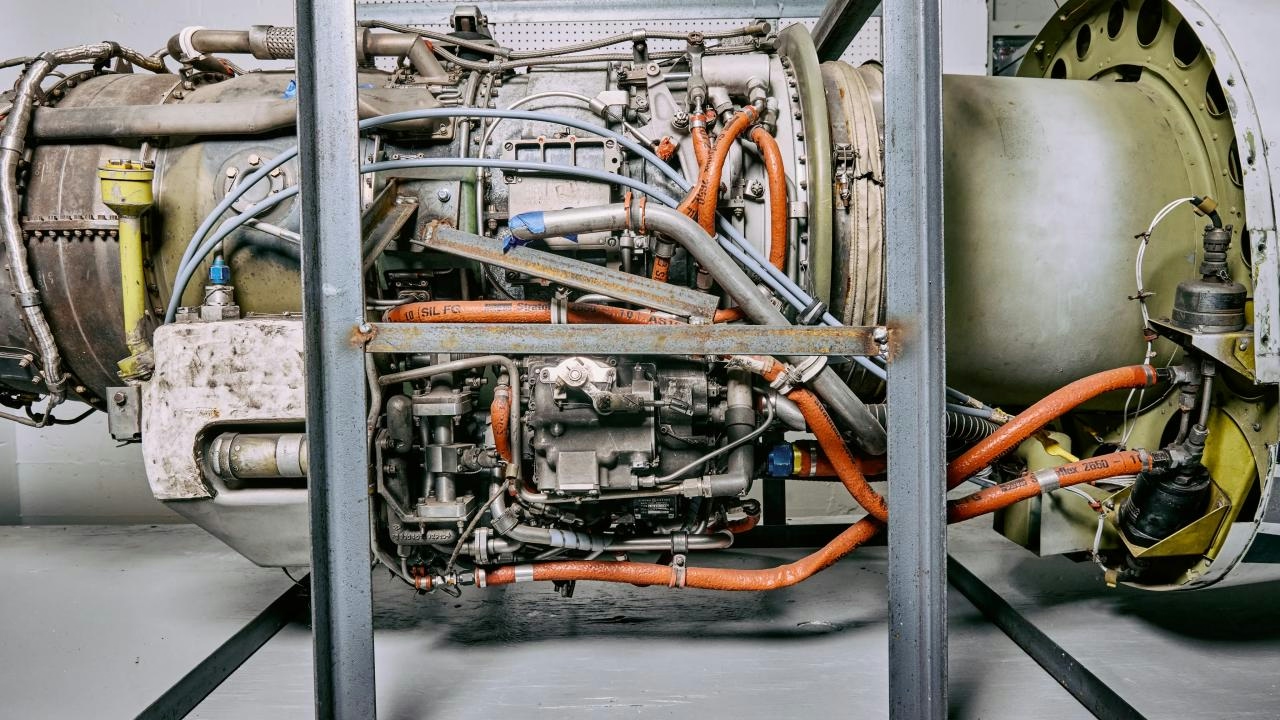
Aviation Maintenance, Repair, and Overhaul Sector Set for Growth
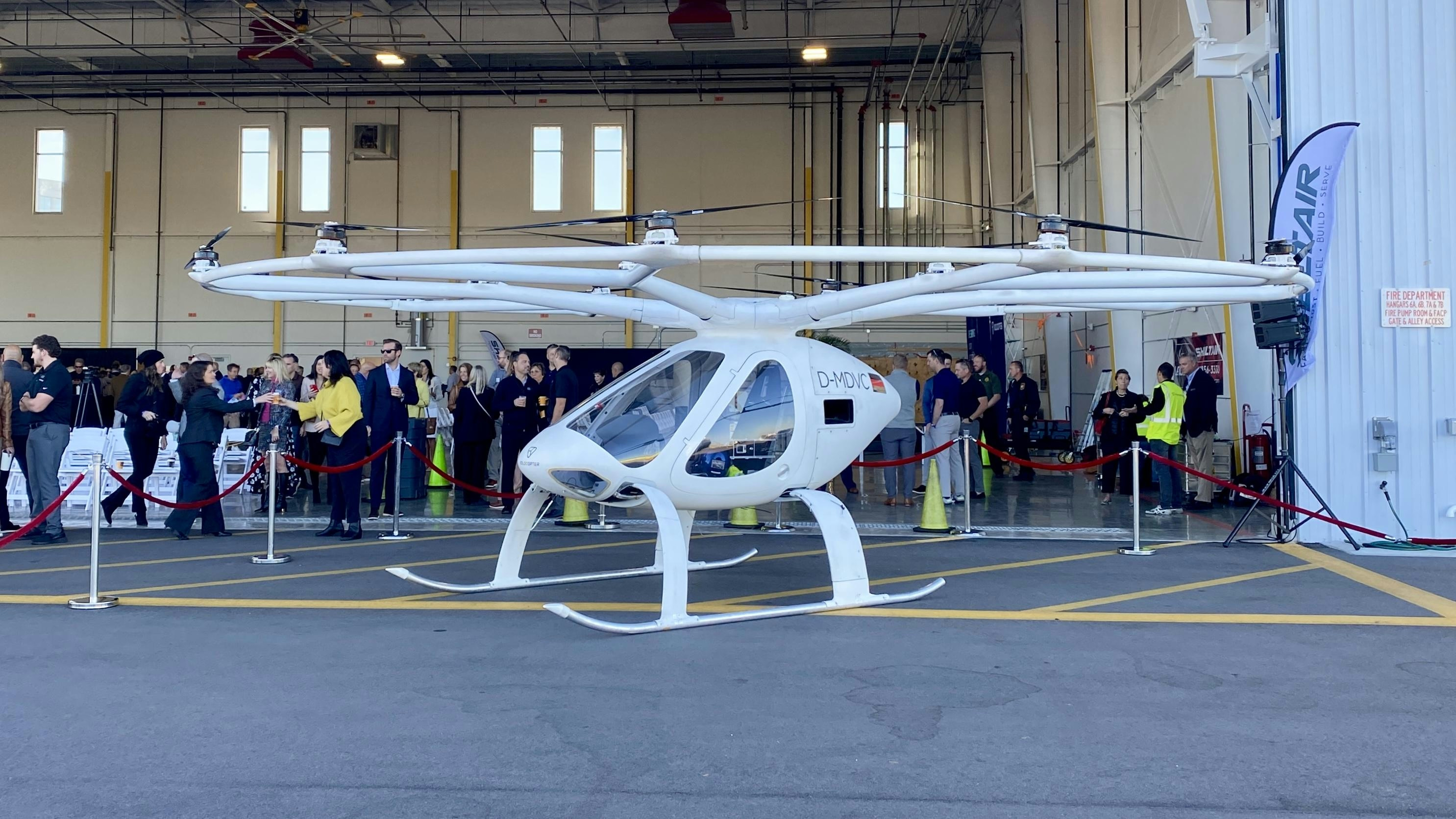
Central Florida Emerging as Leading Location for Future Air Taxis

Dassault Aviation and Thales Partner on AI for Future Air Combat
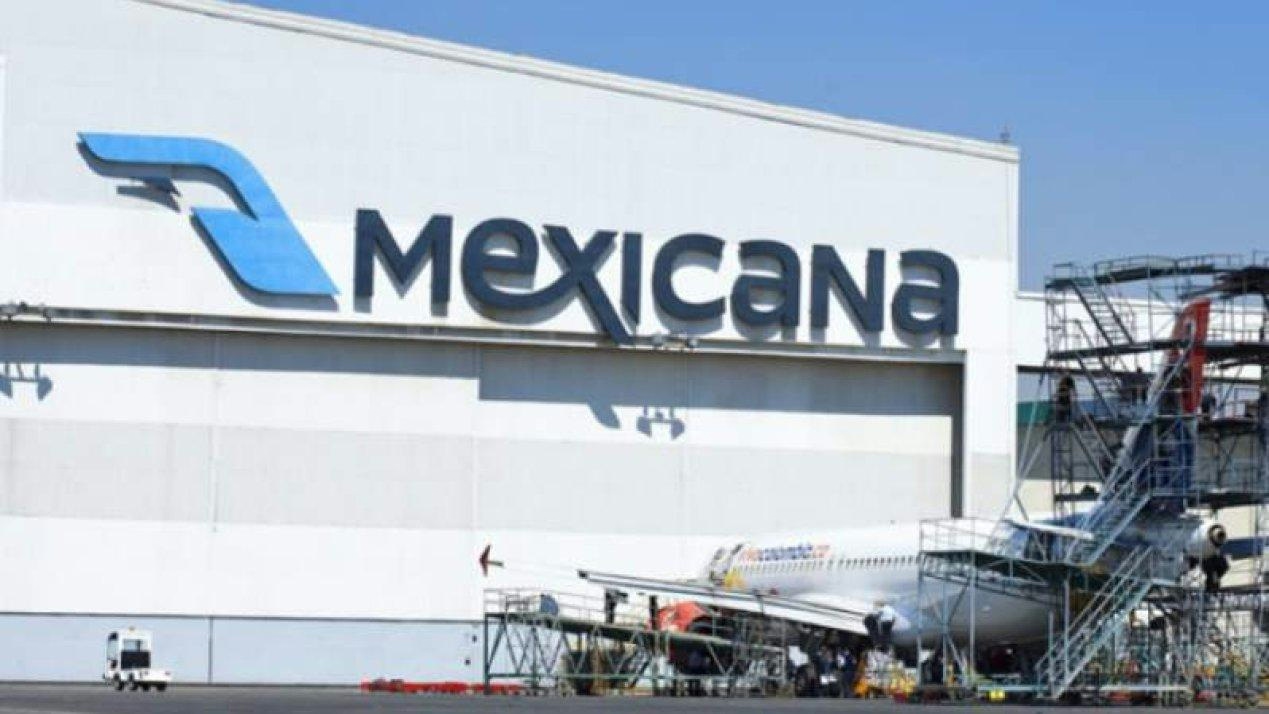
Mexicana MRO Deal Stalls Pending Banorte Extension Approval
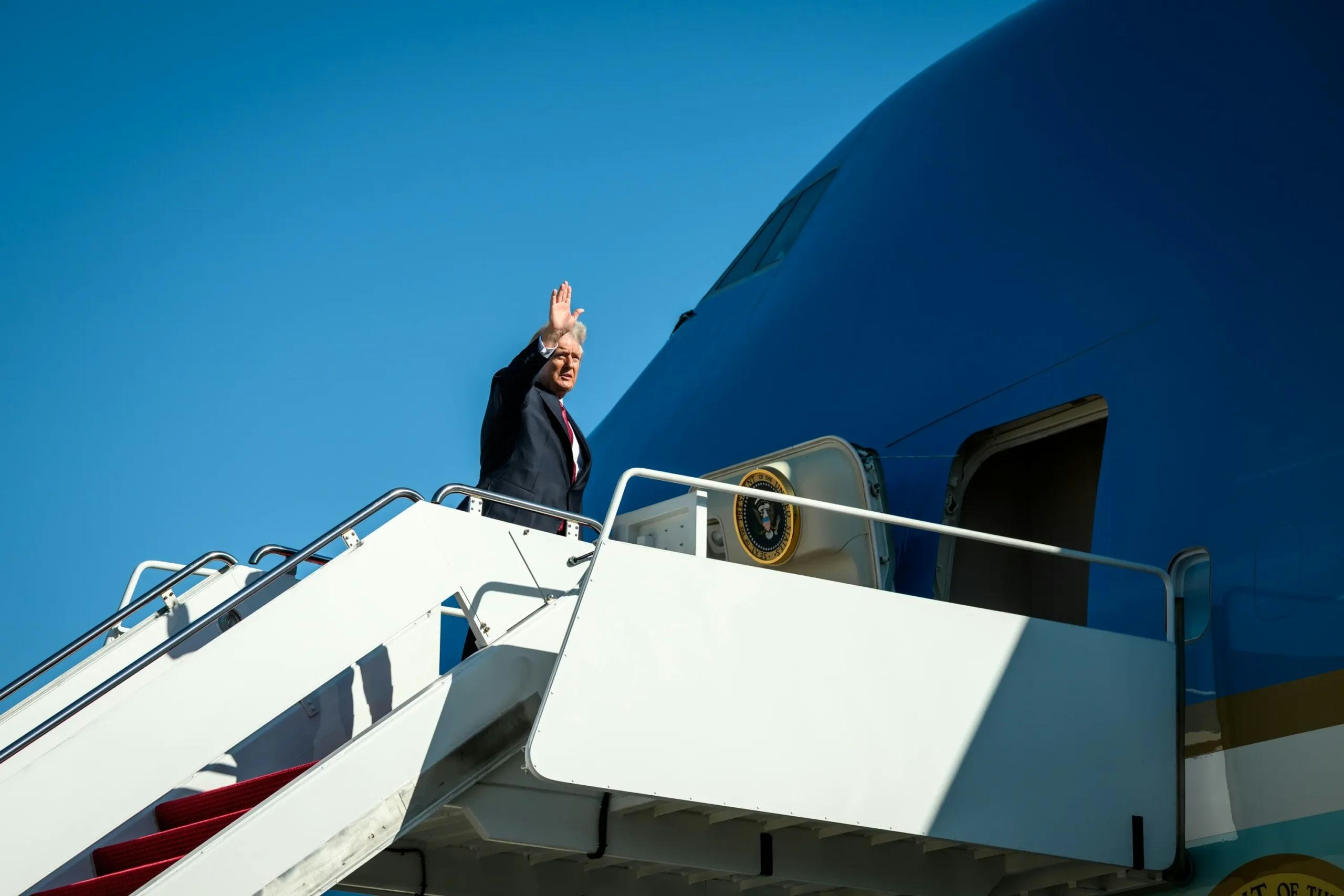
Trump's Policy on DEI Raises Concerns Over Aircraft Mechanic Training
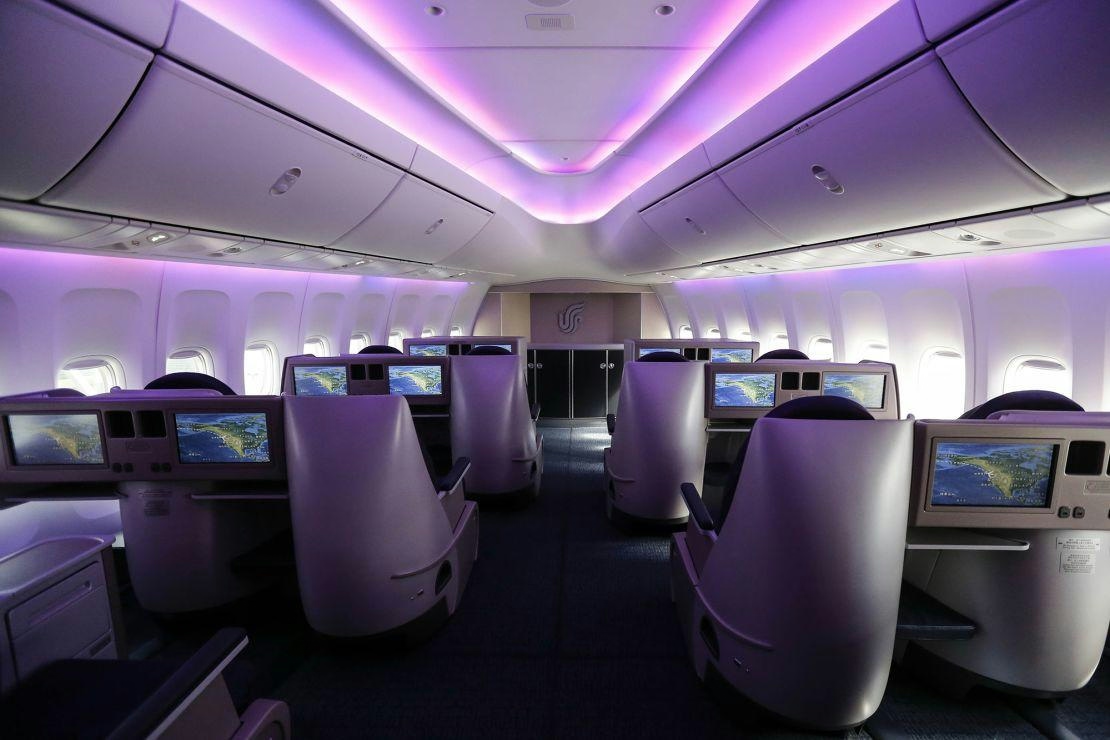
Why Boeing’s 747 Lacks a Full Second Deck Unlike the Airbus A380

Deutsche Aircraft Appoints Ernst-Georg Schröder Manager of Final Assembly Line for D328eco
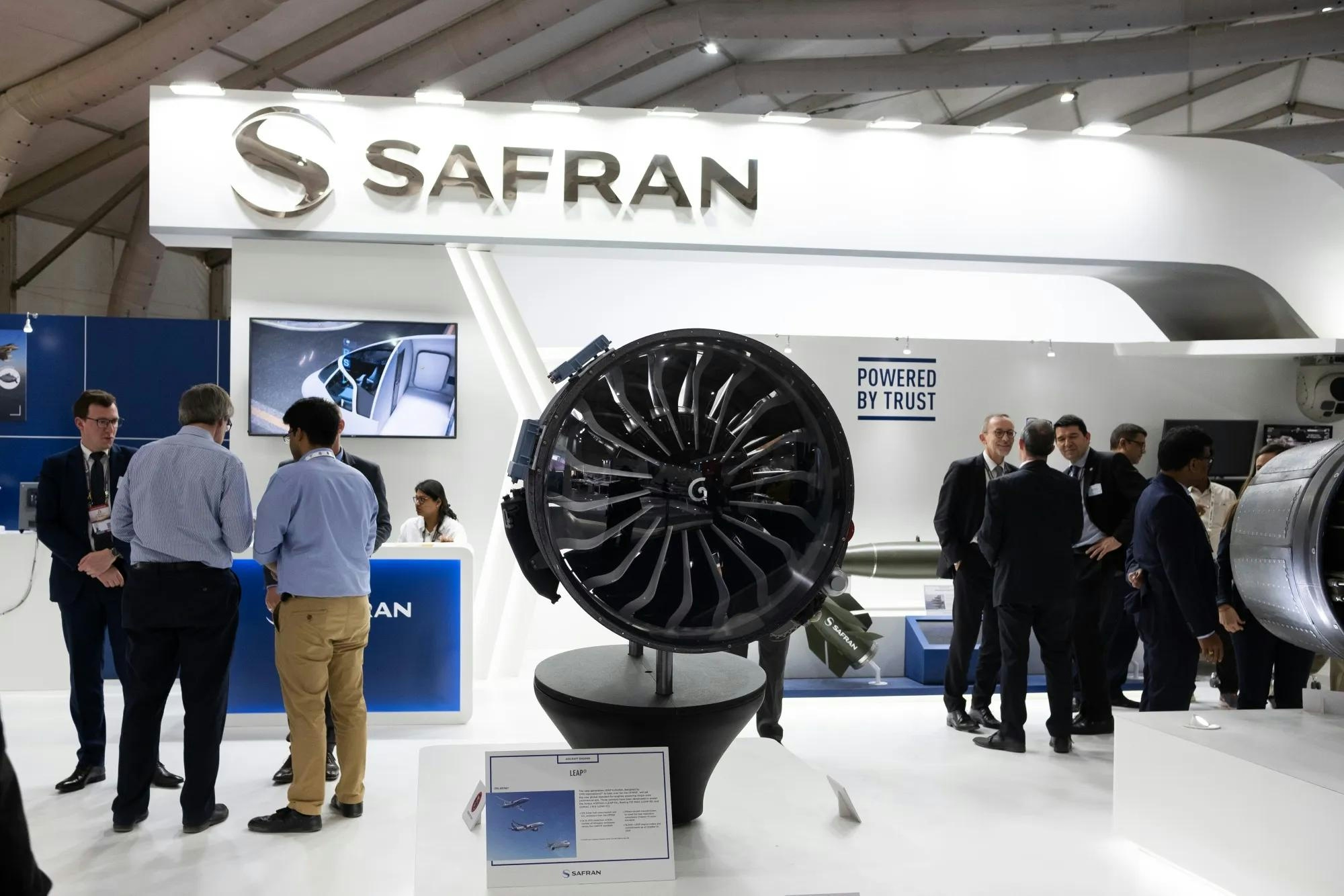
PM to Inaugurate Safran Aircraft Engine Services Facility in India on November 26
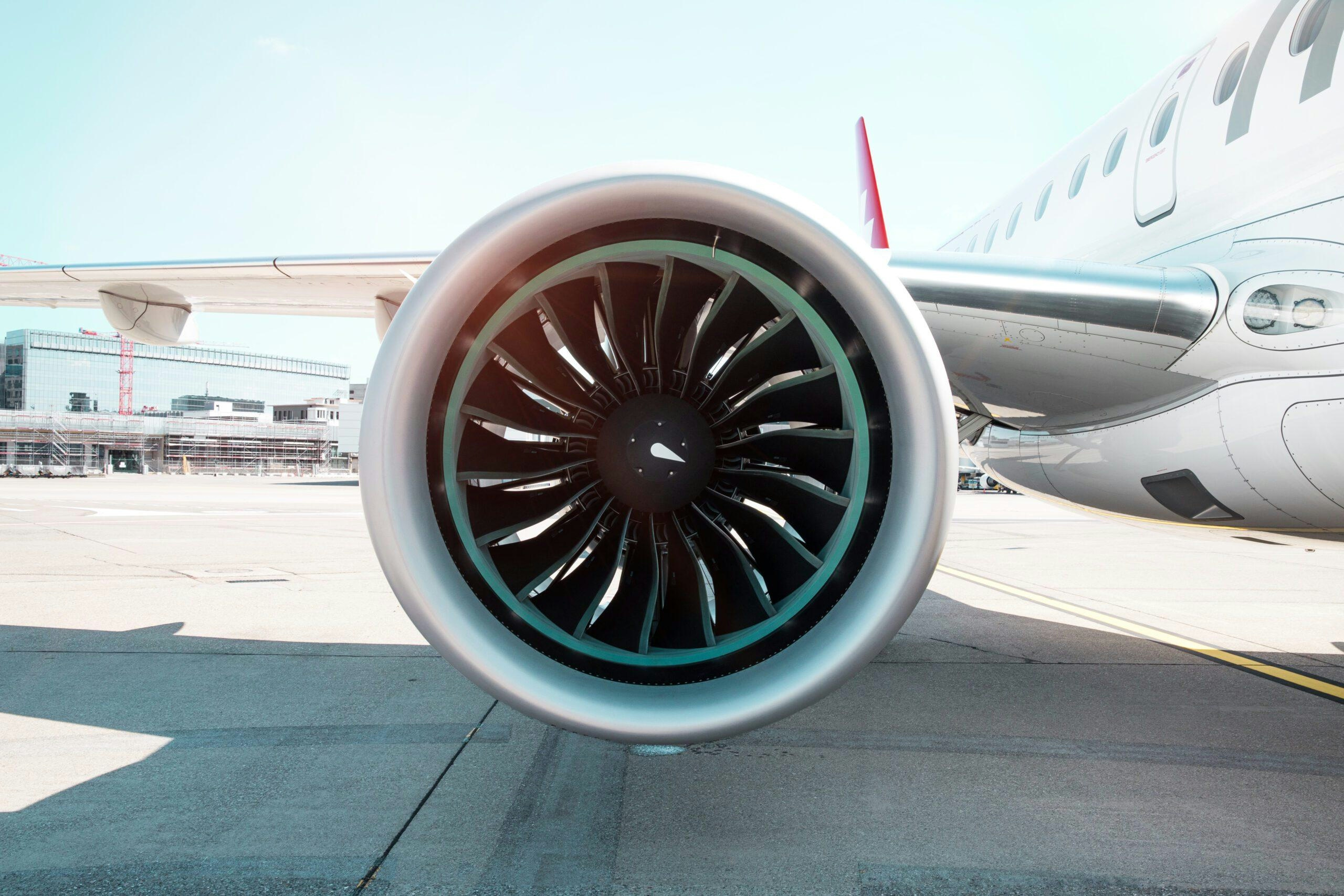
Leading Companies in Aviation Artificial Intelligence: Airbus, Amazon, Lockheed Martin, Tata Power, Thales
